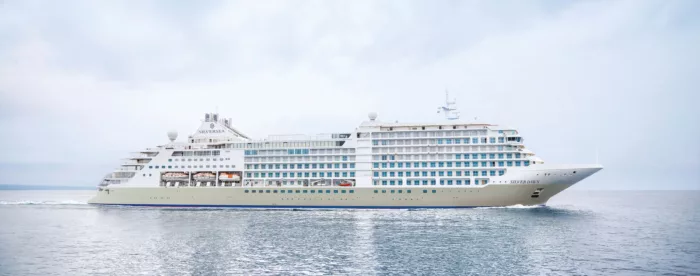Silversea Cruises
Wellness should be about balanced indulgence, not self-sacrifice - that's the philosophy behind Silversea's new programme called Otium, named after the Roman leisure time dedicated to bathing, talking, singing, drinking, eating and relaxing. The easygoing regime includes a 24-hour room-service menu of comfort food, as well as new spa treatments, relaxing baths and hot chocolate served on your balcony.
728
Passengers
554
Crew
2024
Launched
54700t
Tonnage
244m
Length
30m
Width
20kts
Speed
USD
Currency
Cruise Itinerary
Ship Details

Silversea Cruises
Silver Ray
Set sail from summer 2024 aboard the second Nova Class ship Silver Ray
Cabins
All Prices













